Is It Love? How to Finally Understand Your Dog’s Secret Language
After years of working with dogs, from brand-new puppies to seasoned companions, one question pops up more than any other. People look at their furry best friend and, in a quiet moment, ask, “Do they really love me?” It’s a universal feeling—we just want to know that the incredible bond we feel is a two-way street.
In this article
- The Golden Rule: Context is Everything
- The Soft Gaze: More Than Just a Look
- Decoding What That Tail is Really Saying
- Your Personal Shadow: The Meaning of Closeness
- The Power of Touch: Leans, Nudges, and Cuddles
- The Gift Giver: When They Share Their Toys (or Your Socks)
- The Final Word: Keep Listening
- Inspiration:
The short answer? Oh, yeah. They absolutely do. But here’s the thing: dogs don’t say it with words or greeting cards. They speak a completely different language, one made up of posture, closeness, and a hundred other tiny signals. My job has always been to act as a sort of translator, and I want to help you see the affection your dog is showing you every single day.
The Golden Rule: Context is Everything
Before we dive into the fun stuff, we have to get this one thing straight. No single dog behavior means anything on its own. Professionals learn to look at what we call “signal clusters,” which is just a fancy way of saying you have to look at the whole picture. The eyes, ears, mouth, tail, and body posture all tell a story together.
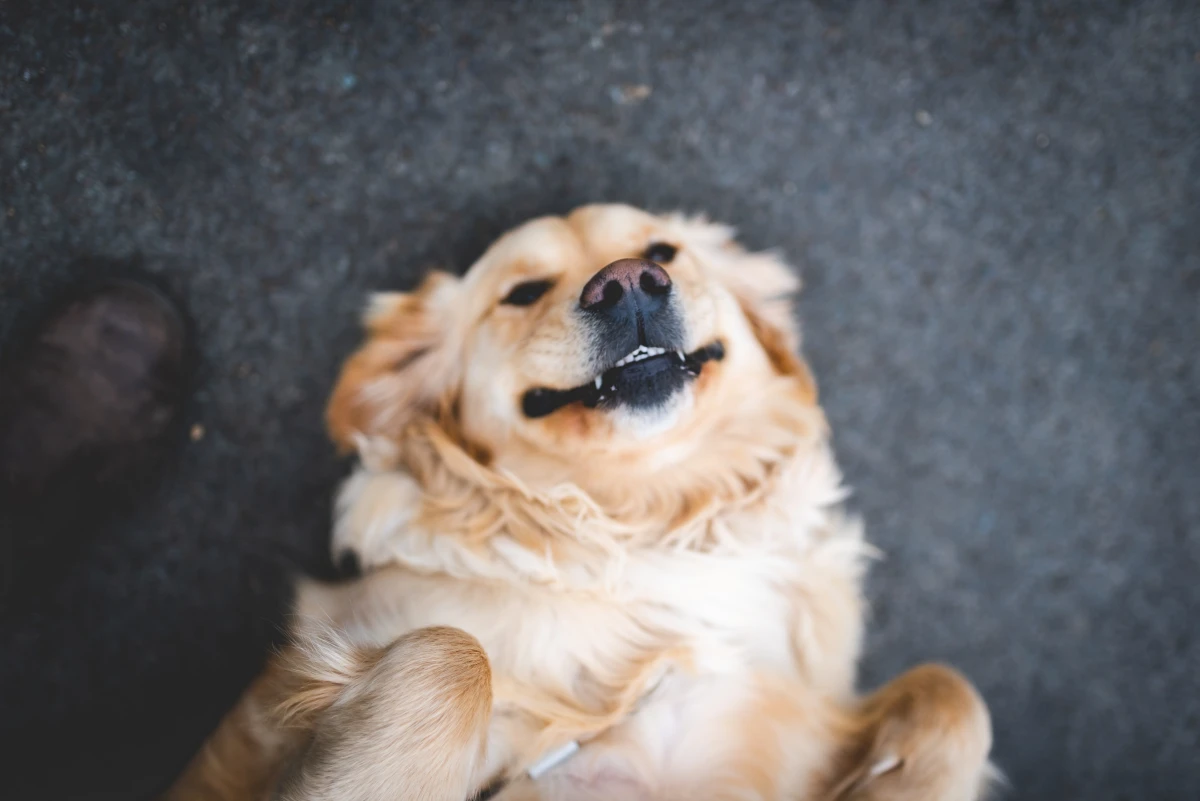
For example, a wagging tail on a dog that’s tense, stiff, and staring is NOT a happy sign. That’s a dog who’s highly aroused and might be about to bite. But that very same wag on a dog with a wiggly, relaxed body and soft eyes? That’s pure, unadulterated joy. You have to see it all at once.
It also helps to know your dog’s personal “baseline.” What do they look like when they’re just chilling at home, completely relaxed? Take a mental snapshot of their normal ear position, how they hold their tail, and their general posture. This baseline is your cheat sheet. Any deviation from it is communication, and noticing those shifts is the first step to truly understanding your dog.
The Soft Gaze: More Than Just a Look
We humans think direct eye contact is a sign of connection. But in the dog world, a hard, direct stare is a challenge. It’s confrontational, which is why you should never, ever stare down a dog you don’t know.
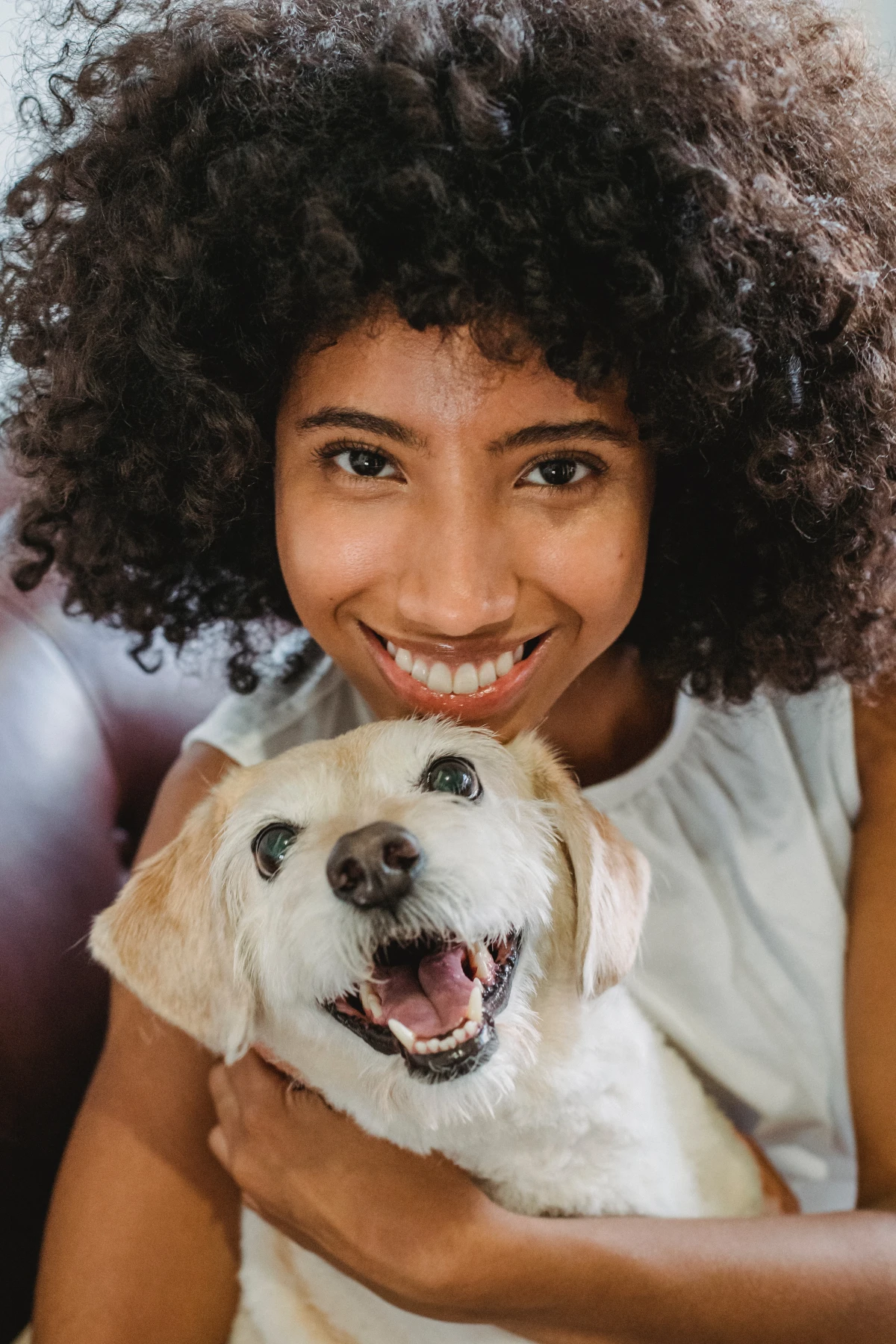
But between a dog and their trusted person, a different kind of eye contact happens. I call it the “soft gaze.” This is when your dog looks at you with relaxed, soft eyes. The muscles around them aren’t tight, and they might even blink slowly, like they’re about to drift off to sleep. It’s a huge sign of trust.
Turns out, there’s some cool science behind this. Studies have shown that when dogs and their owners share this kind of gaze, both of their brains release oxytocin—the same hormone that bonds mothers and babies. It’s literally a chemical hug. So when your dog gives you that look, they are reinforcing their feelings of attachment to you.
Try This Tonight: When your dog is relaxed and hanging out near you, softly say their name. When they look at you, meet their gaze with equally soft eyes and give a slow, deliberate blink. Hold it for just a second or two, then give them a gentle chin scratch and look away. It’s a tiny, quiet way to say “I love you, too” in their language.
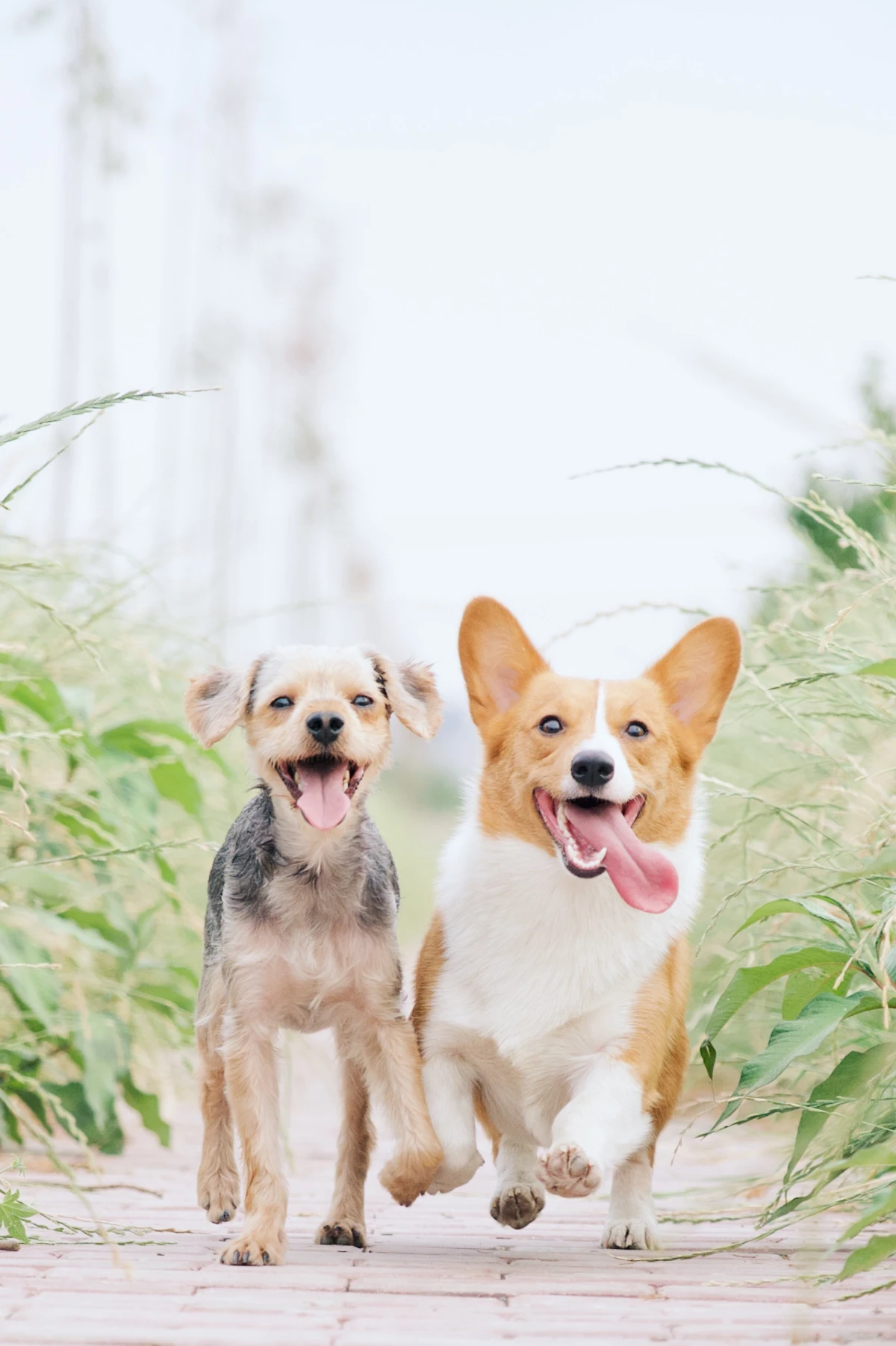
Decoding What That Tail is Really Saying
Let’s bust a huge myth: a wagging tail does not always mean a happy dog. It’s one of the most common and dangerous misconceptions out there. A tail is an emotional barometer, and it can signal everything from pure bliss to fear to a warning to back off.
Here’s what to look for:
- The Full-Body Wiggle: This is the classic happy wag. The tail makes broad, sweeping motions, and it’s so enthusiastic that the dog’s whole body gets into the act, wiggling from the shoulders back. The eyes are soft, and the mouth is usually relaxed and open. This is the real deal.
- The High, Stiff, Fast Wag: Heads up! A tail held high and stiff, wagging very fast in short, tight arcs (sometimes just the tip is vibrating), is a sign of high arousal. The dog’s body will be tense and frozen, their eyes hard, and their mouth closed. This is a warning wag, not a happy one. This dog is saying, “I am on high alert, and I am not comfortable.”
- The Low Tuck: A tail held low or tucked completely between the legs signals fear, anxiety, or submission. This dog is trying to appear smaller and non-threatening.
Of course, some breeds make this tricky. What about a Pug with a corkscrew tail or a Corgi with a nub? For them, you have to look at the base of the tail and their whole rear end. A happy Pug’s entire butt will wiggle. A relaxed Corgi will have a relaxed stump. It just proves the golden rule: always look at the whole dog.
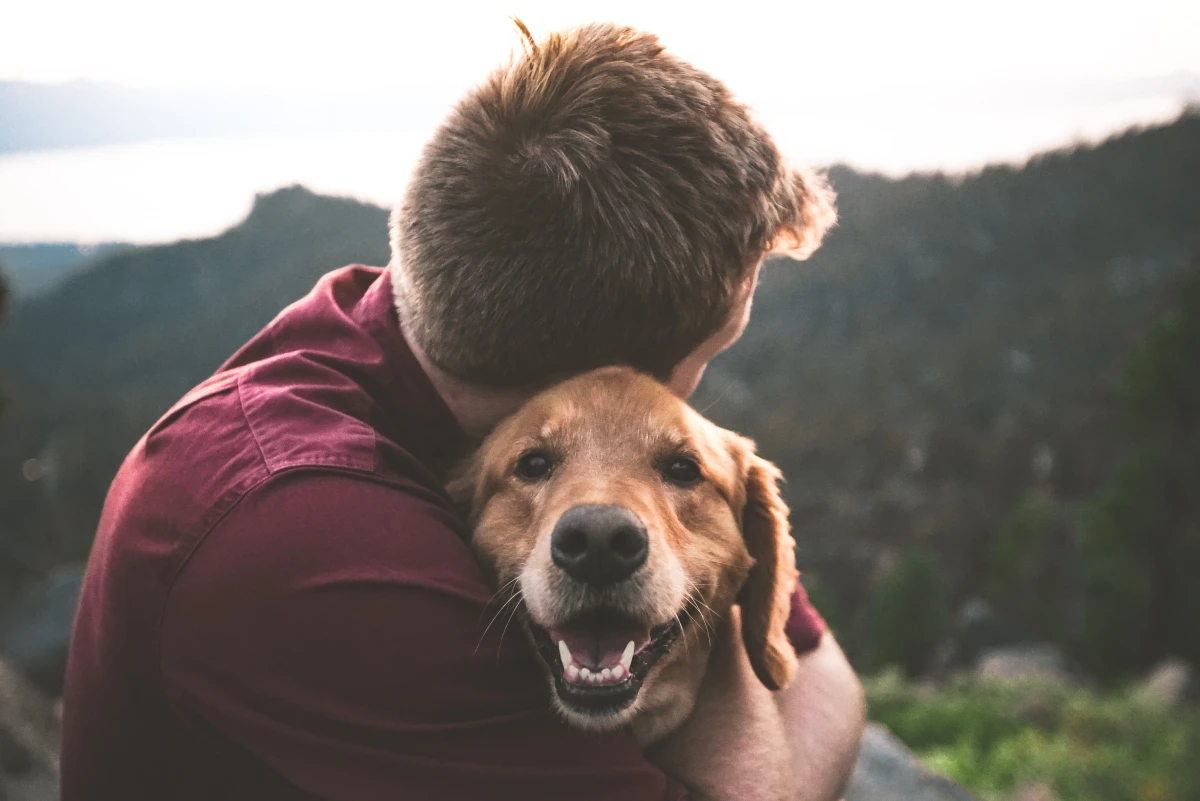
Your Personal Shadow: The Meaning of Closeness
Does your dog follow you from the kitchen to the bathroom and back again? This desire to be near you is a powerful sign of affection. Dogs are social creatures, and in their world, proximity equals safety and connection. When your dog chooses to be near you, they’re saying, “You are my safe space. You are the center of my world.”
But there’s a difference between a dog who loves being near you (a “velcro dog”) and a dog with separation anxiety. A dog with a healthy bond might follow you around, but they can settle down if you’re in another room. A dog with separation anxiety experiences genuine panic when you leave. They might pant, drool, whine, or become destructive, often at doors and windows. That isn’t love; it’s a panic attack, and it’s truly distressing for them.
If your dog’s clinginess is a bit much, you can work on building their confidence.
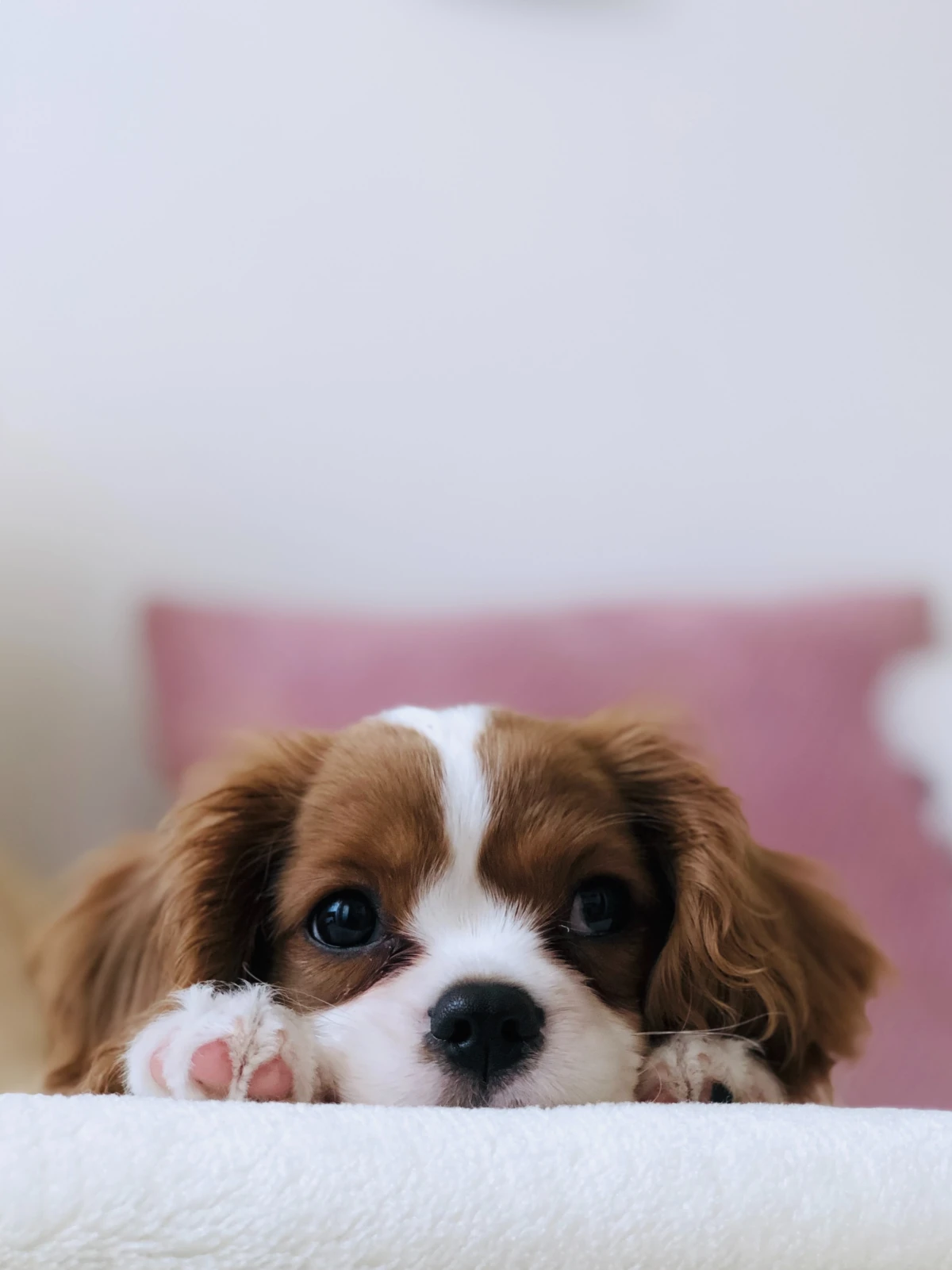
- Teach a “Place” Command: This is a game-changer. You’re teaching your dog to go to a specific spot, like their bed, and relax. Here’s a 3-minute starter guide: 1) Lure your dog onto their mat with a fantastic treat. The second all four paws are on, say “Yes!” and give them the treat. 2) Toss another treat a few feet away to reset. Repeat a few times. 3) Once they get it, add your cue word (“Place!”) right as they step onto the mat. Keep sessions super short and fun! By the way, when I say “fantastic treat,” I mean something special they rarely get, like tiny bits of cheese, hot dog, or freeze-dried liver.
- Give Them a Job: When you need some space, give your dog a puzzle toy. A classic KONG (usually $10-$20) stuffed with peanut butter or a more advanced Nina Ottosson puzzle toy ($15-$35 at most pet stores or online) can keep them happily occupied and build their independent problem-solving skills.
Good to know: If you suspect true separation anxiety, I can’t stress this enough—please consult a certified professional. It’s a complex issue. Look for credentials like CPDT-KA (from the CCPDT) or CDBC (from the IAABC). That’s how you know you’re getting someone who really knows their stuff.
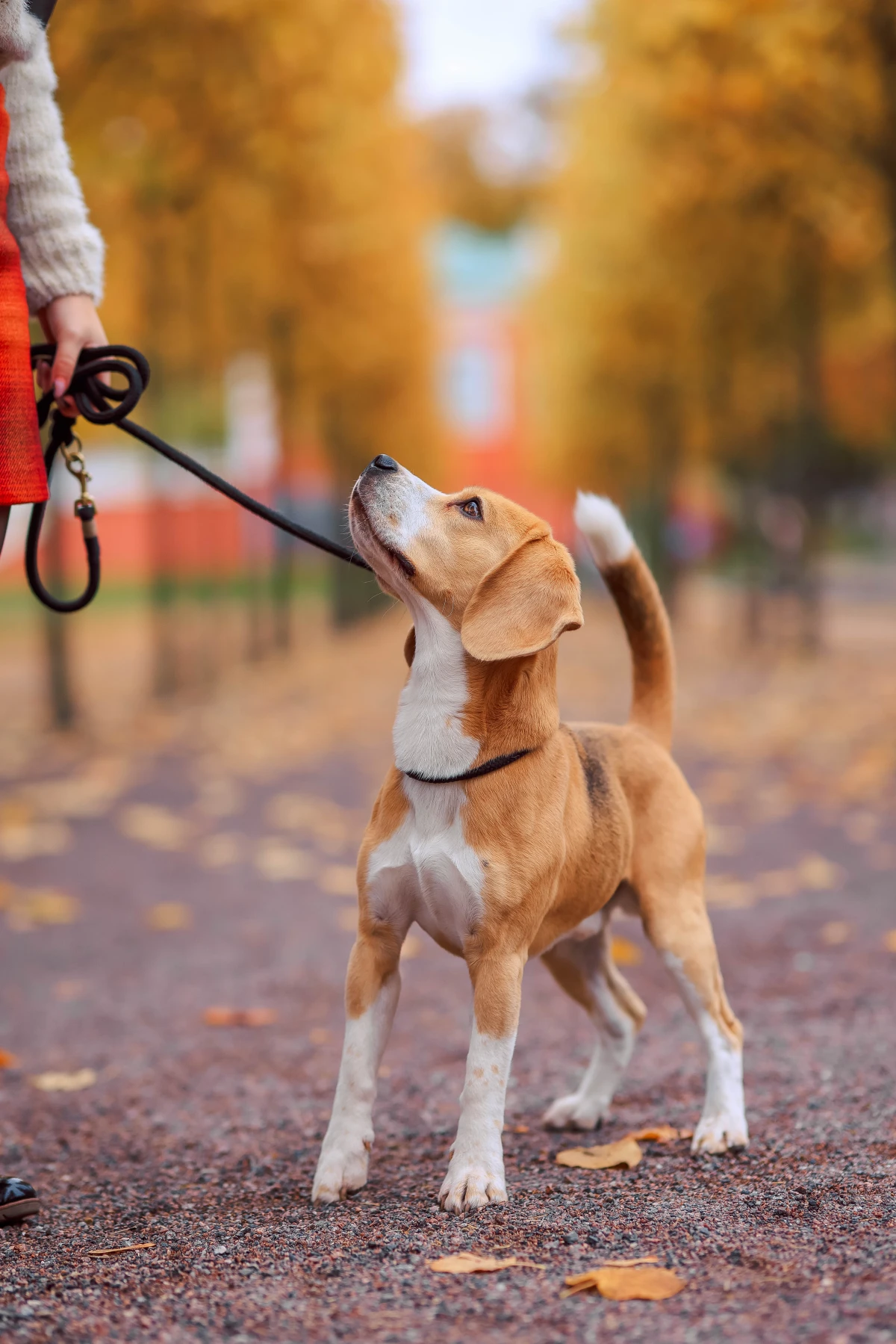
The Power of Touch: Leans, Nudges, and Cuddles
Physical contact is a huge indicator of trust. When your dog leans their full weight against your legs, it’s a profound gesture. Think about it—you wouldn’t lean on a stranger. It’s an intimate act of connection, a way of saying, “I trust you completely.”
Sometimes, a dog will also lean on you when they feel nervous. If an unfamiliar person or dog approaches, they might press against you for reassurance. They’re looking to you as their protector, and by being a calm, steady presence, you deepen that bond even further.
A nudge from a wet nose is usually a simple request for pets or attention. It’s a polite way to initiate contact. However, if it becomes a forceful “muzzle punch,” the dog might be getting a little pushy. It’s always a good idea to reward polite requests (like a soft nudge or a sit) instead of demanding behavior.
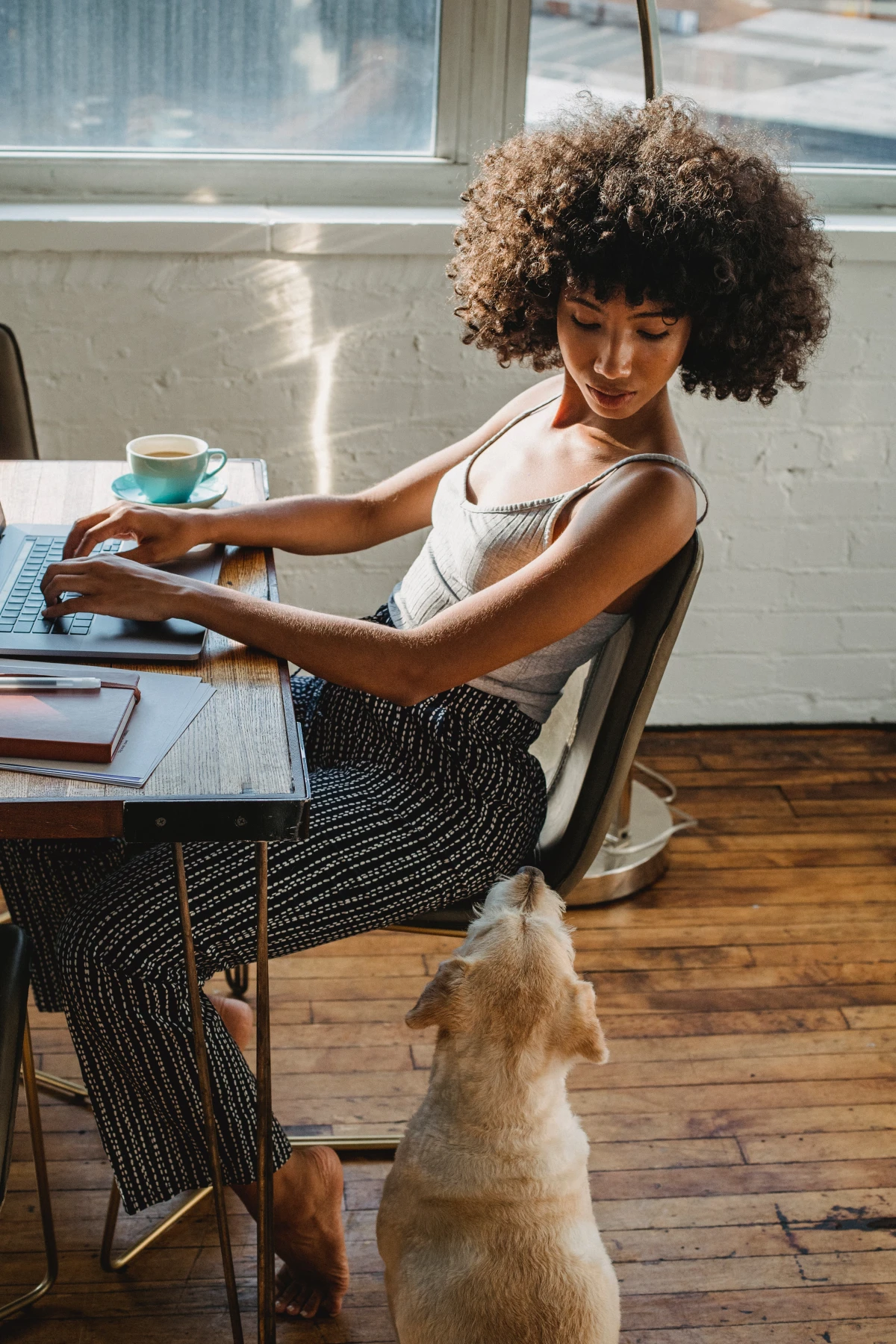
Has your dog ever proudly trotted over, dropped a slobbery toy right in your lap, and looked up at you? That’s not just a request to play. It’s a sign of immense trust. Your dog is sharing a prized possession with you. In the dog world, resources are a big deal, and sharing them is reserved for the most trusted family members. They’re basically saying, “You are so important to me that I want to share my greatest treasure with you.”
Now, this is totally different from resource guarding. A dog who is truly sharing will have a soft, wiggly body and will let you take the item. A dog who is guarding will bring it to you but then freeze, growl, or even snap if you reach for it. That comes from insecurity, not affection, and is a serious issue that often needs professional management.
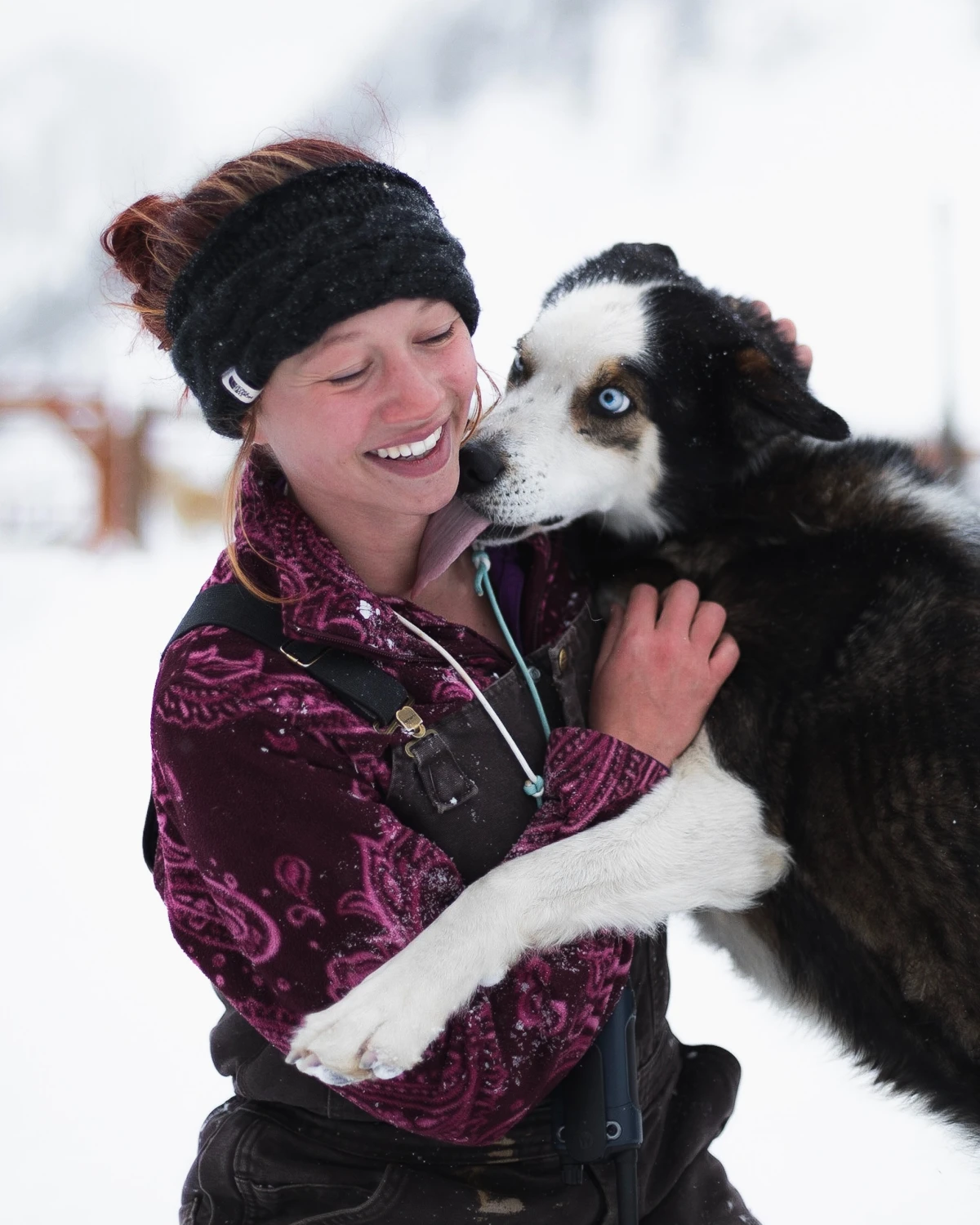
The Sock Bandit Solution: If your dog’s favorite “treasure” is your laundry, it’s a weird compliment—those items carry your strongest scent! Don’t chase them; that just turns it into a super fun game of keep-away. Instead, teach a “trade” command. This is simple: offer something way better (like a piece of chicken) right by their nose. The moment they drop the sock to take the treat, say “Trade!” and let them have it. They’ll learn that giving things up to you leads to amazing rewards.
The Final Word: Keep Listening
The connection we have with our dogs is truly special. Learning their language is a skill that takes patience and observation, but it’s one of the most rewarding things you can do. Remember to always look at the whole dog, be a calm and trustworthy partner, and never be afraid to ask for help from a certified pro if you’re struggling. The bond you have is precious, and learning to listen will only make it stronger.
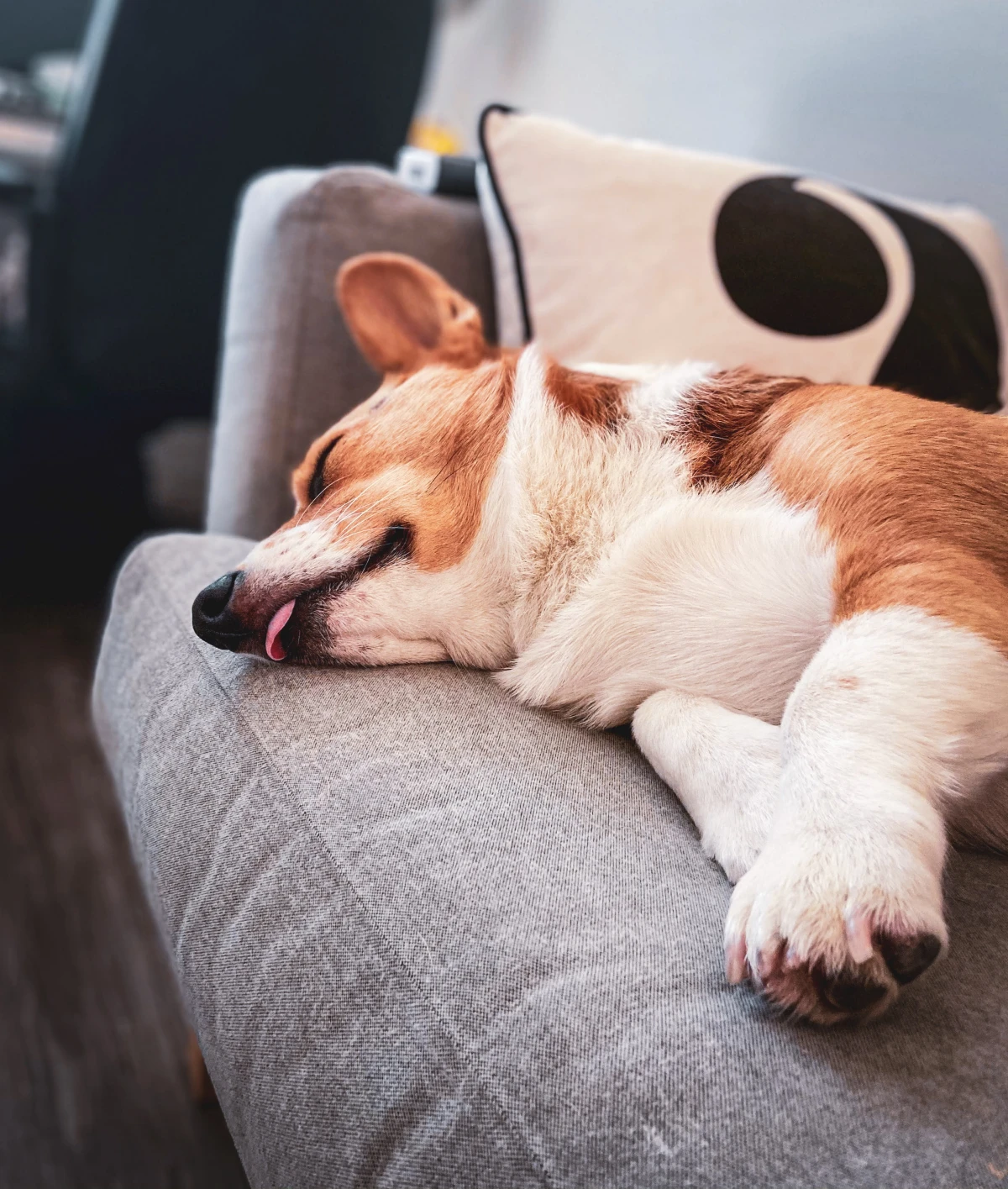
Inspiration:
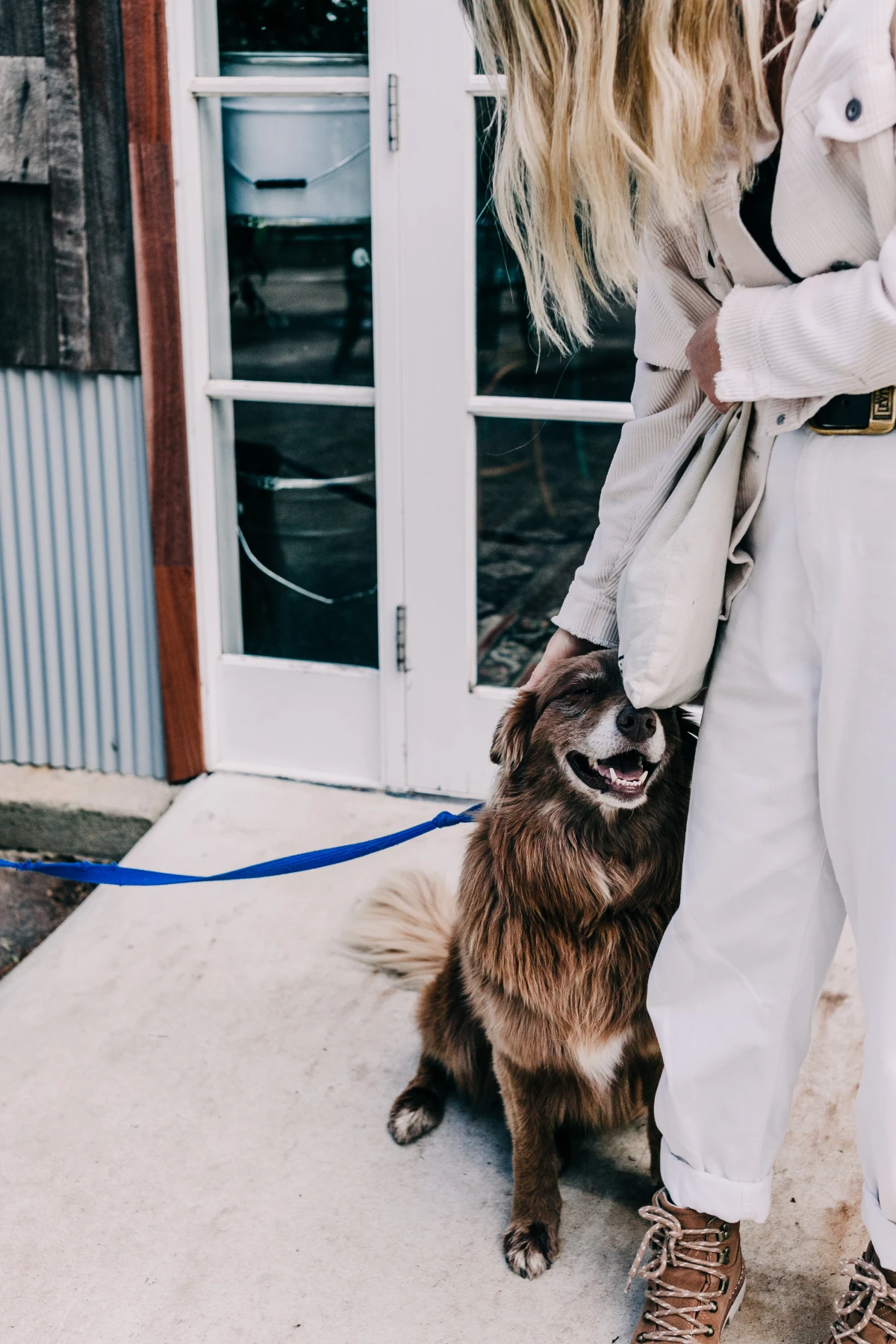
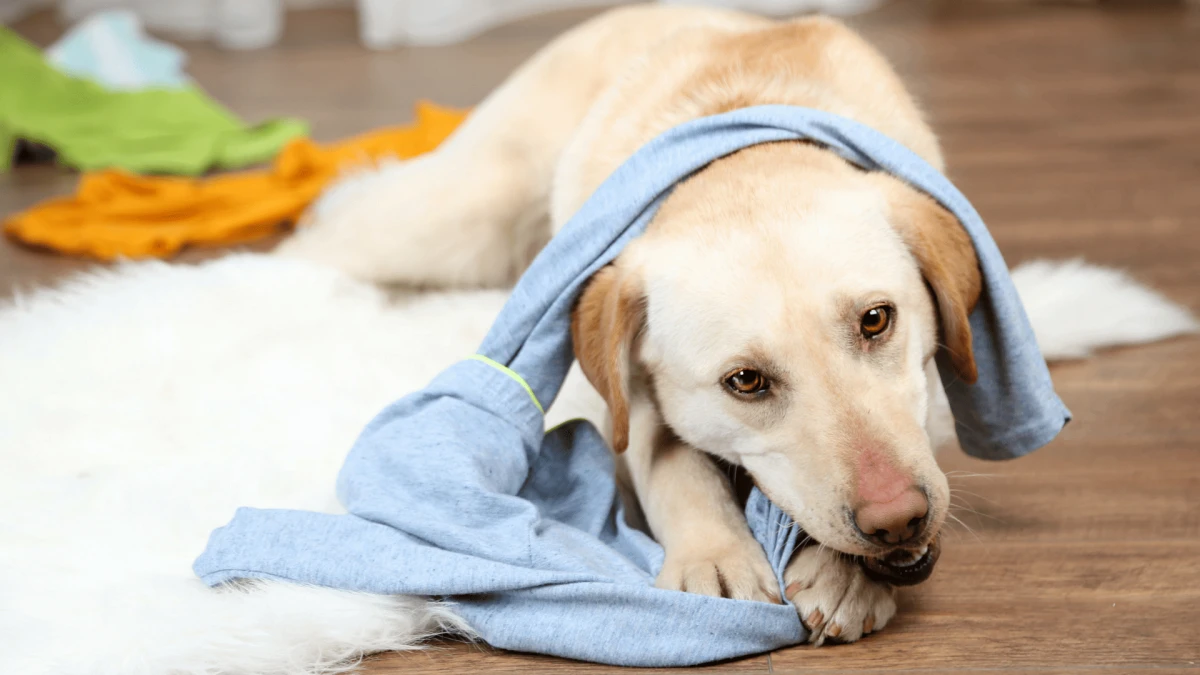
A 2015 study published in the journal Science found that when dogs and their owners gaze into each other’s eyes, both experience a significant spike in oxytocin levels.
This isn’t just a random chemical reaction; it’s the very same hormonal feedback loop that strengthens the bond between human mothers and their infants. Oxytocin is often called the
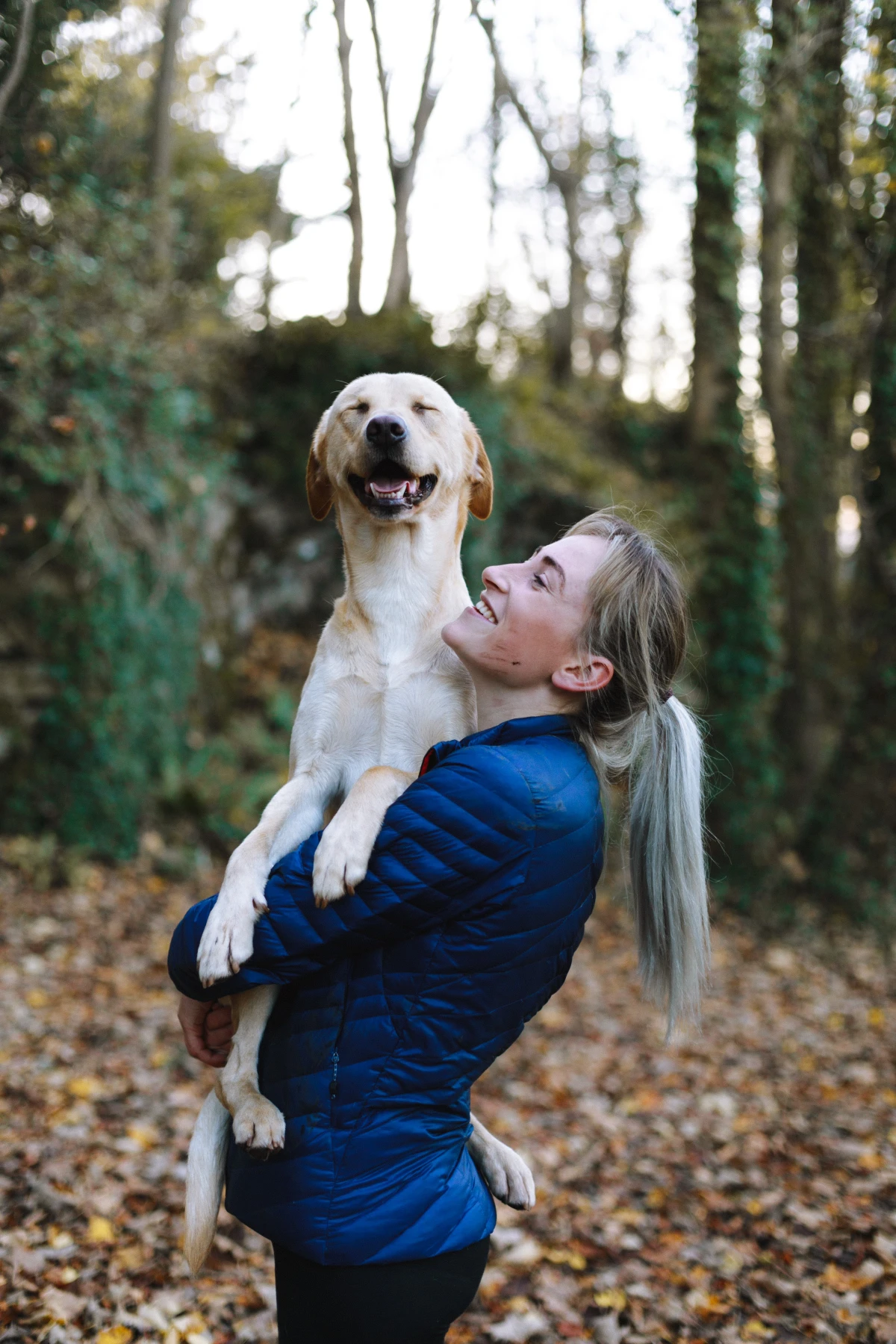
The Trust Lean: Ever had your dog just casually lean their full body weight against your legs while you’re standing in the kitchen? This isn’t just about seeking stability. It’s a profound gesture of trust and a form of physical hug in the canine world. By making themselves vulnerable and seeking your physical support, they are saying,
Want to turn treat time into bonding time?
Instead of just handing over a biscuit, try engaging their powerful sense of smell. A snuffle mat, easily found on sites like Etsy or from brands like AWOOF, allows you to hide small, high-value treats within its fabric folds. The act of sniffing and foraging is naturally calming for dogs and releases endorphins. By providing this enriching activity, you’re not just giving a treat; you’re creating a positive, stress-relieving experience that they directly associate with you, strengthening your role as the source of all things good.










